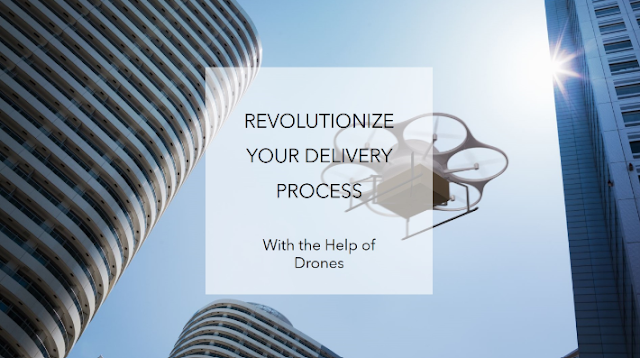When we work at Oil and Gas Industry, we will find some dangers as follows:
- The danger at Offshore Oil and Gas Installation
- The danger of gas in Confined Space
- The danger of Hydrogen Sulfide (H2S)
- The danger at the sea
Here are some explanations about the dangers and ways to handle them.
The Danger At Offshore Oil And Gas Installation
Offshore Oil and Gas Installations are dangerous environments and areas. When we work on Offshore Oil and Gas Installations, we must be aware of specific dangers that challenge our safety:
- Leaks that occur in the rig due to damage to the equipment
- Damages to equipment
- Explosions that occur when high-pressure oil and gas come out uncontrollably from a well
- Fires that occur due to flammable rigs and engines that suddenly start without control
- Collapses that occur due to excessive loads, corrosions, and bad weather conditions
- Accidents that occur due to environmental conditions at offshore installations that are unpredictable and vulnerable to adverse weather conditions, including wind, waves, etc
- Accidents that occur because helicopters always pass over offshore rigs and land on offshore rigs to monitor the rig and transport workers, goods, and others
Workers on offshore rigs can also experience injuries, muscle disorders, and death due to:
- Exposure to dangerous chemicals, including acids, gases, and others
- Objects, tools, equipment, and materials that fall and hit them
- Too heavy objects that are lifted by the workers
- Noise and vibration
- Extreme temperatures and disasters
- Slipperiness due to water and oil which causes workers to slip and fall
- Other dangers, such as pirate attacks, war, and others
The Danger Of Gas At Confined Space
When we work in Confined Spaces at Oil and Gas Industry, remember that:
- There are always gases in Confined Spaces, including the presence of carbon monoxide and hydrogen sulfide
- All gases, including poisonous gases, are one of the most dangerous things in Confined Spaces
- Gas always causes explosions, fires, and death
The above dangers occur because of:
- Lack of oxygen in Confined Spaces, so it is easy for gas to enter the body
- Lack of ventilation which can cause difficulty in reducing gas
Warning!
- Not all gas has a strong odor. One of the poisonous gases that is odorless and colorless is carbon monoxide. So don't rely on our sense of smell to detect the presence of gas!
- Confined Spaces are narrow and small spaces, so workers have difficulty calling for help and saving themselves when the gas attacks them!
- Dangers that occur in Confined Spaces can occur in a few seconds and cause death!
The Danger Of Hydrogen Sulfide (H2S)
Hydrogen Sulfide (H2S) is a gas that appears when various operations are carried out in the Oil and Gas Industry. Several things about H2S that we must know:
- H2S is a by-product produced by all industries, including oil and gas
- H2S is a poisonous, dangerous, flammable, and explosive gas
- H2S can prevent the body from using oxygen
- H2S can harm health: Disturbs cells, blood circulation, and others
- H2S can cause fire
- H2S can increase fires if exposed to fire
- H2s can cause death
The Danger At Sea
When we work at Oil and Gas Industry, we can also find dangers in the sea. Before an emergency occurs, use PPE and Safety Equipment, and have the ability to perform Emergency Procedures!
Ways to handle some emergencies that occur at sea:
- Drowning person: Throw a flotation device on the drowning person, stop the boat, and lift the person onto the boat
- Fire on the ship: Extinguish the fire using a fire extinguisher or escape from the ship using a lifeboat
- Water entering the ship due to a leak: Move all crew and passengers to a higher place on the ship, remove the water from the ship using a pump, and plug the leak or abandon the ship using a raft
- If another disturbance on board threatens the ship and crew: Make an emergency call using the radio
Safety Awareness And Procedures
To deal with and handle all of the dangers, all companies in the Oil and Gas Industry must:
- Have Safety Awareness of the potential dangers that will attack our body, mind, and life
- Use appropriate Safety Procedures so that the lives of everyone, employees, and clients can be protected
When we have Safety Awareness, we will take several necessary actions:
- Know about Safety Regulations and Safety Procedures
- Conduct proper Safety Procedures
- Protect our health
- Create a positive environment in all places
- Provide information to others about potential dangers that we know about that may occur
- Identify risks: Damaged cables, slippery surfaces and others
- Prevent accidents and injuries
- Take precautions: Use PPE, save ourselves and others
- Avoid danger: Dangers that occur due to sunlight, short circuits, and others
- Reduce risks: Extinguishing fires and others
Stay alert! Avoid distractions and dangers! Focus on saving ourselves! Create a safer environment for ourselves and others!
***
Hello! I am Astrid Amalia. I write about many things, including:
#Fire, #Safety, #Survival, #Training, #Course, #Oil, #Gas, #Emergency, #Offshore, #Onshore, #Rescue, #Security, #Digital, #Online, #Education, #Leadership, #Collaboration, #Innovation, #Excellence, #Technology, #Health, #Yoga, #Social, #Life, #Mental, #Business, and more.
Do you have any questions or do you want to have a good discussion? Find out more about me in Linktree: astrid.amalia
Note: Image by Microsoft Designer




